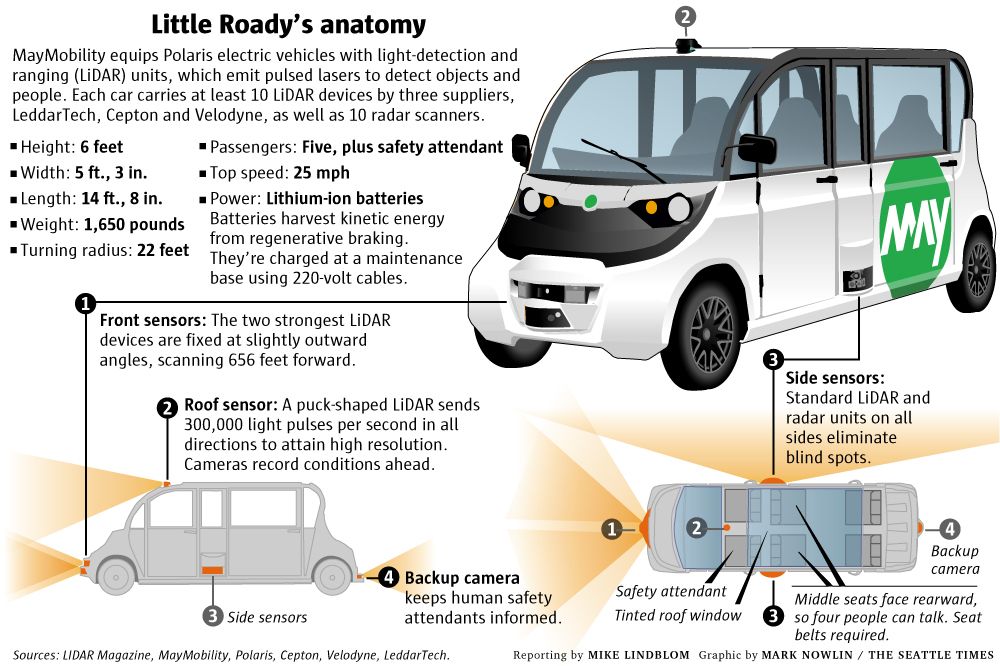DominusNovus
Senior Member
- Joined
- Jun 20, 2010
- Messages
- 1,081
- Reaction score
- 193
I‘m not confident that this merits its own thread and I was going to just post it in Crazy Pitches, but I figured it was unrelated enough to go on its own. If I’m wrong, the mods can merge this in where they see fit.
Anyway, when we discuss various proposals, the sheer inertia of our region means that any major project takes quite a long time to actually see through to completion. The classic example, of course, is GLX, which was mandated back in 1990. Bare minimum, that is a three decade time table, and thats for a relatively easy project. Our technology is very different from 1990, and if we think about any other future projects with even remotely similar time tables, we might have advances that could dramatically impact what sort of transit systems we might build.
Which technologies might those be? Assume we’re looking 30 years out, so 2050. By then, what technologies might we realistically count on taking advantage of for transit (of any sort: highways, intercity rail, regional rail, subways, whatever) by that year? As a follow up, how might we best take advantage of them for transit purposes?
Anyway, when we discuss various proposals, the sheer inertia of our region means that any major project takes quite a long time to actually see through to completion. The classic example, of course, is GLX, which was mandated back in 1990. Bare minimum, that is a three decade time table, and thats for a relatively easy project. Our technology is very different from 1990, and if we think about any other future projects with even remotely similar time tables, we might have advances that could dramatically impact what sort of transit systems we might build.
Which technologies might those be? Assume we’re looking 30 years out, so 2050. By then, what technologies might we realistically count on taking advantage of for transit (of any sort: highways, intercity rail, regional rail, subways, whatever) by that year? As a follow up, how might we best take advantage of them for transit purposes?






